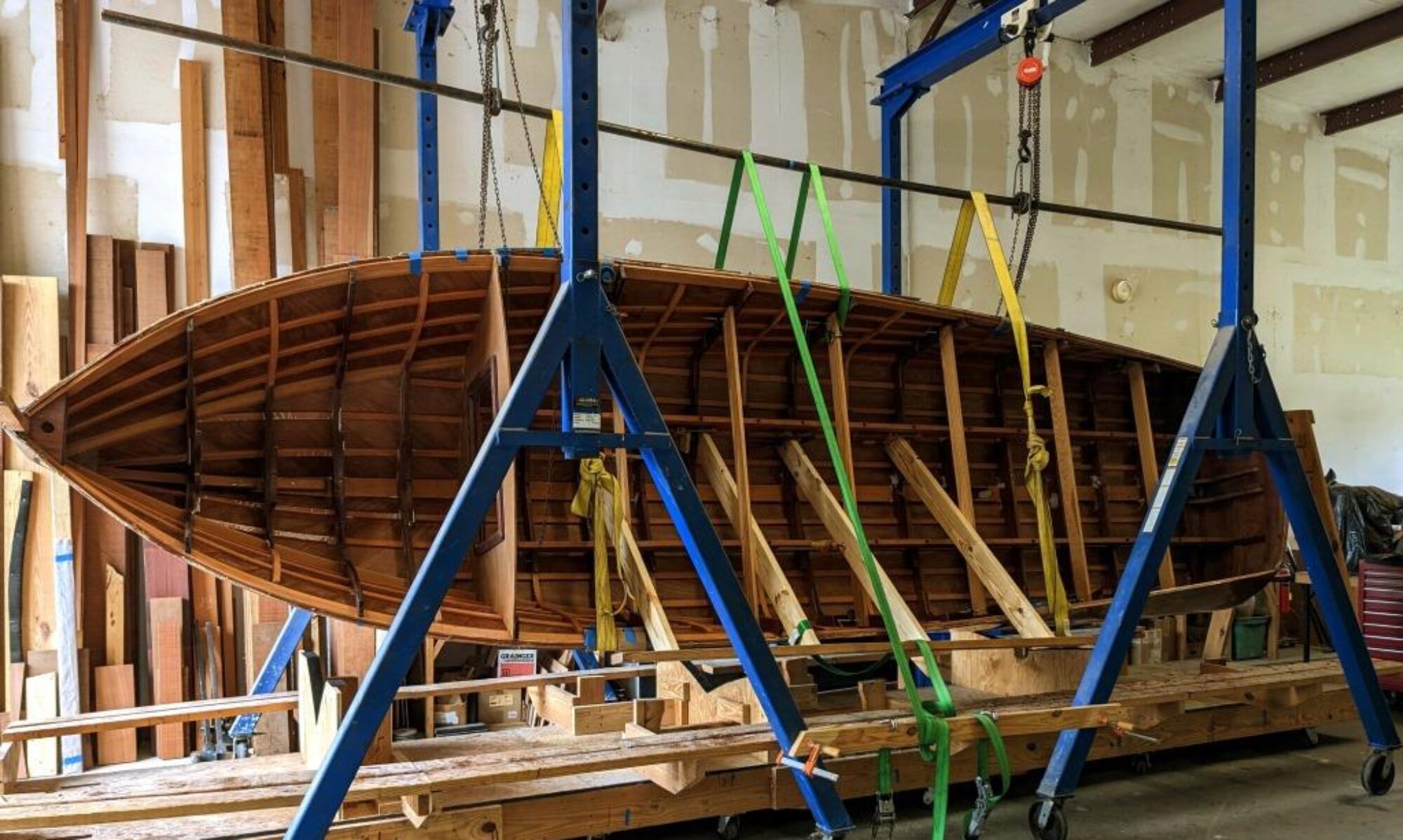
A propeller shaft has a tapered end that should exactly match the taper in the propeller bore. Any time you get a new shaft or propeller, you need the “lap” the two to get a tight fit between them. This fit is essential to minimize vibration and ensure the best transfer of power from the engine to the prop. Lapping is accomplished with lapping compound (Of course it is, right?). Lapping compound is just a finely regulated gritty substance that machinists use to make metal joints fit–like intake and exhaust valves in engines, or propellers on shafts. There’s no magic to it. Just slather the stuff on the taper of the shaft, and then rotate the prop around the shaft in a back and forth motion. Do this until you get a good, evenly dulled surface all around the shaft and inside the prop bore. If you’re unsure where the high spots are, you can paint a blue chemical dye called DYKEM on the shaft. Then scrub the prop back and forth and see where the dye transfers.

Once the shaft and prop are lapped, place the prop on the shaft and count the threads from the top of the prop to the end of the shaft. Then put the key in the slot, remount the prop on the shaft and count the threads again. You want to make sure the prop is riding on the shaft and not the key. If you counted less threads the second time, you’re riding on the key and you need to whittle down the key a bit.

Finally, you have two nuts and a cotter pin that go on the end of the shaft. The small nut goes on first, and snug it up. Then put the larger on on and tighten until it just starts to drag the smaller one with it. Now you know the threads of the larger nut are taking the load which is what you want. Get them good and tight–you don’t want this coming loose! Put the cotter key in and off you go!
